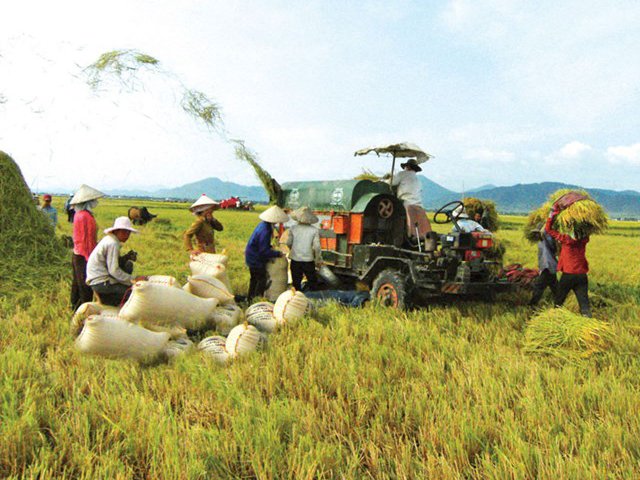Sunday, 31 August 2025
Vietnam’s rice exports reach a record 8.3 million tonnes in 2023
ASEAN and China remain the two largest markets for Vietnamese rice According to data from Vietnam’s Ministry of Agriculture and Rural Development, the national rice production in 2023 reached 43.5…

ASEAN and China remain the two largest markets for Vietnamese rice
According to data from Vietnam’s Ministry of Agriculture and Rural Development, the national rice production in 2023 reached 43.5 million tonnes, a 1.9 per cent increase. This was attributed to a 10,600-hectare expansion (0.1 per cent increase) and a yield of 61 tonnes per hectare, a 1-ton-per-hectare increase (1.7 per cent increase). The production adequately met domestic consumption, processing, livestock feed, and exports. Rice exports in 2023 reached a record 8.3 million tonnes, generating nearly $4.8 billion – the highest since 1989. Notably, the proportion of high-quality rice varieties increased from 50 per cent in 2015 to 74 per cent in 2020 and currently stands at 85 per cent.
ASEAN and China remain the two largest markets for Vietnamese rice. Specifically, rice exports to ASEAN reached 4.58 million tonnes, a 25.6 per cent increase compared to the same period last year, and to China, 896,000 tonnes, a 10.9 per cent increase. In total, rice exports to these two markets reached 5.48 million tonnes, representing 72 per cent of the country’s total rice exports.
The Vietnam Food Association (VFA) evaluates that in 2023, amid food security instability, with India and Russia tightening rice exports, Vietnam has emerged as a major exporting country with large quantities and various high-quality rice varieties, providing stability for many market segments, from Asia to Europe.
VFA forecasts that rice exports in 2024 will continue to be favourable due to the global shortage of 5 million tonnes of rice. Meanwhile, India is likely to continue restricting rice exports, and some traditional rice-importing countries of Vietnam, such as Indonesia and the Philippines, have an increasing demand for rice imports. Currently, Indonesia is projected to increase imports by about 600,000 tonnes. The export target for rice in 2024 is set at $ 5.3 billion, nearly a 13 per cent increase from 2023. Rice prices are also expected to continue rising.
Technology
Investindustrial to acquire Kiremko, Idaho Steel and Reyco
Aug 29, 2025 | Company News
IFF and Reservas Votorantim sign bioprospecting partnership in Brazil
Aug 29, 2025 | Company News
Saithe’s time to shine: Meeting demand for healthy, affordable seafood
Aug 29, 2025 | Food
Food Testing
bioMérieux develops game-changing quality control solution GENE-UP PRO HRM
Aug 08, 2025 | Company News
More Popular
0x1c8c5b6a
Aug 30, 2025 | Uncategorized
0x1c8c5b6a
Aug 30, 2025 | Uncategorized
Danone invests in America’s Minster, Ohio Yoghurt Plant
Aug 29, 2025 | Company News






